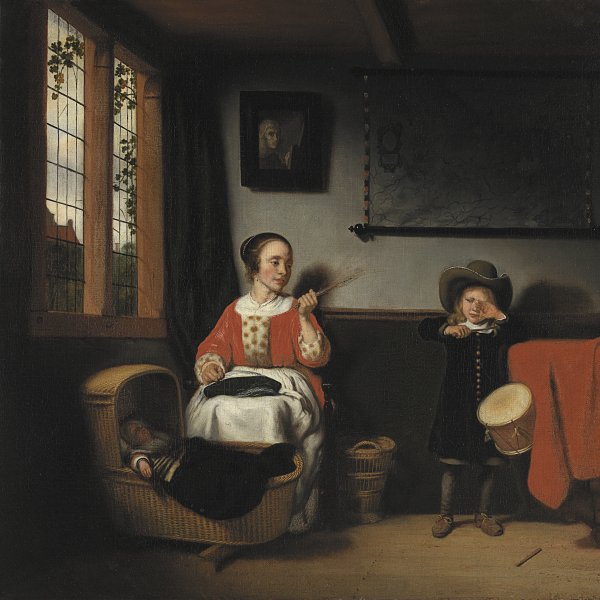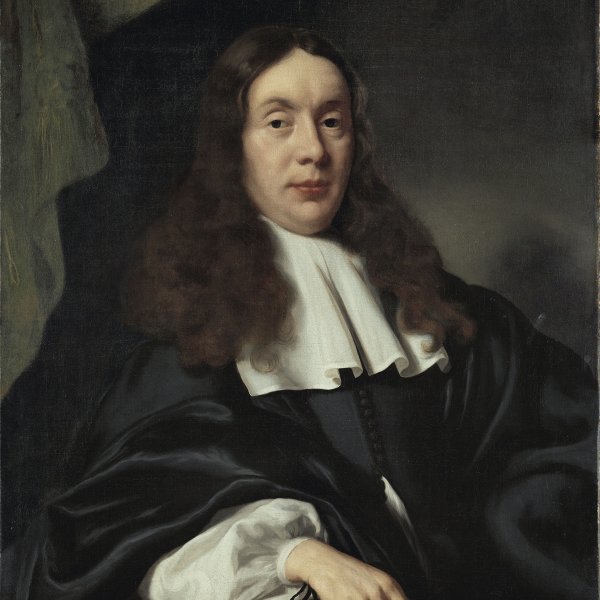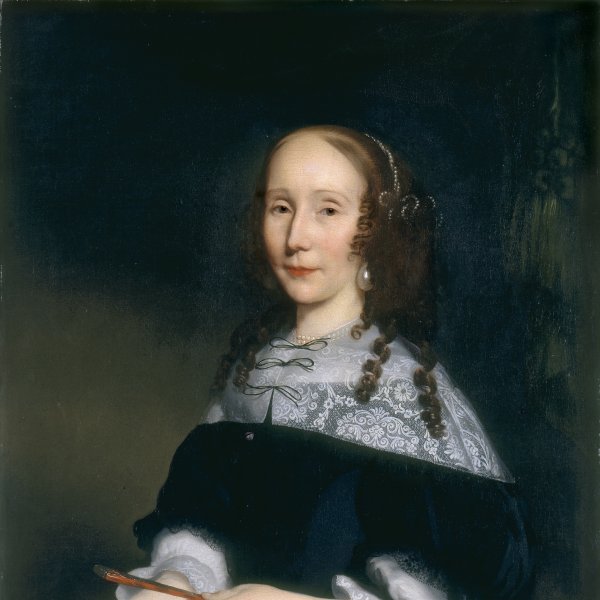Nicolaes Maes
Dordrecht, 1634 -Amsterdam, 1693
Nicolaes Maes, son of a prosperous merchant, was born in Dordrecht in 1634. He began his training in his native city as a draughtsman, completing it in Rembrandt’s studio in Amsterdam, where he arrived around 1650. Maes’ first works reveal the influence of his master in the manner of realising the chiaroscuro and the choice of themes. These early paintings are religious, mythological and genre scenes, including Girl leaning out of a Window and Old Woman praying (Rijksmuseum, Amsterdam). In 1653 Maes returned to Dordrecht where one year later he married the widow Adriana Browers, remaining there until 1673. Maes was most active and prolific from the 1650s until the start of the following decade and his most creative works were produced around 1656 when he began to focus on the portrait, which would continue to be the genre that most interested him throughout the remainder of his career. In addition, at this period the early influence of Rembrandt was replaced by that of Flemish art. Maes painted some of the most important political and military figures of the day, as well as members of the upper middle-classes. Among his most subtle and brilliantly painted works are The Naughty Drummer Boy (Museo Thyssen-Bornemisza, Madrid), Interior with a sleeping Maid and her Mistress (National Gallery, London), and Lovers watched by a Girl. In 1673 until his death in 1693 Maes lived in Amsterdam. Notable late works include the group portrait of Six Deans of the Amsterdam Guild of Surgeons, which follows the model developed by Hals and Rembrandt (Rijksmuseum, Amsterdam). Maes’ closest followers were the Reinier Covijn and Cornelis Bisschop, who painted portraits and genre scenes.







